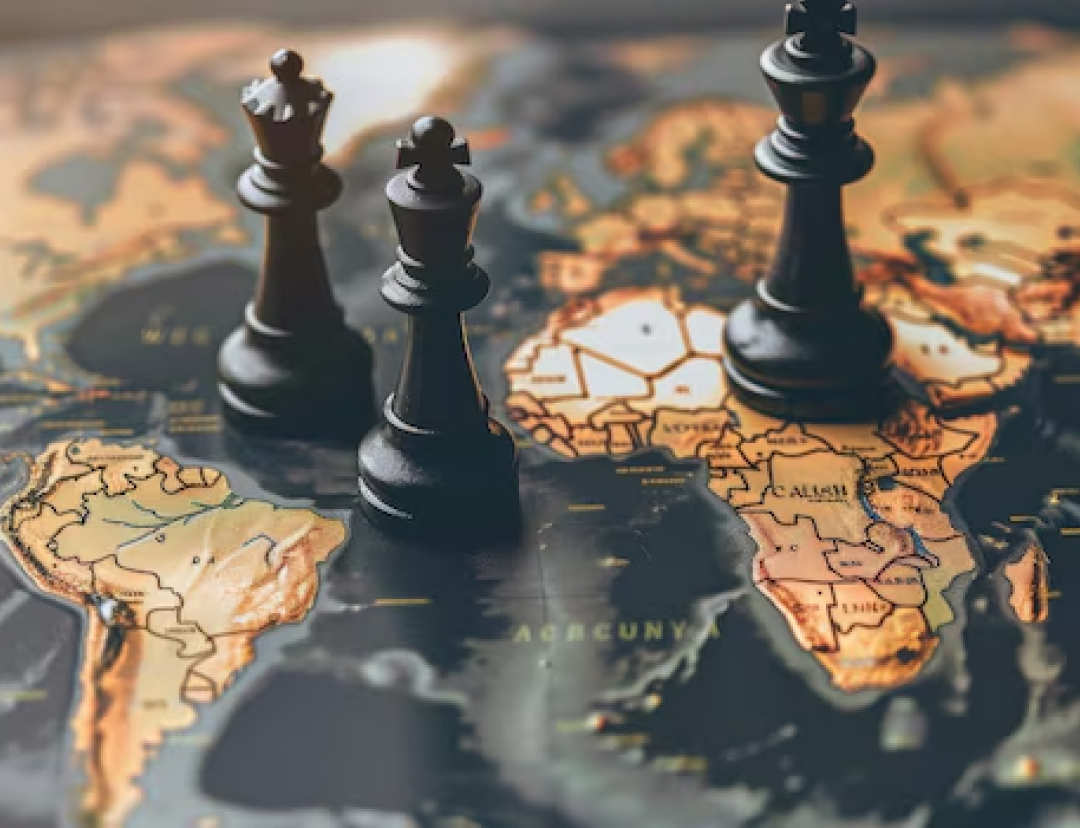JOINT BASE ELMENDORF-RICHARDSON, Alaska — President Donald Trump met with Russian President Vladimir Putin on Friday in a summit that could significantly impact the ongoing war in Ukraine and the dynamics between Moscow and Washington. The meeting is seen as a critical opportunity for Trump to showcase his negotiating skills and his ability to foster peace, a role he has often claimed he can fulfill quickly.
For Putin, this summit represents a chance to solidify Russia's territorial gains, hinder Ukraine's aspirations to join NATO, and potentially reestablish Ukraine's alignment with Moscow. Notably absent from the discussions are Ukrainian President Volodymyr Zelenskyy and European leaders, raising concerns about the implications of their exclusion from talks that directly affect their country.
Trump's decision to host Putin on U.S. soil is fraught with risks. By welcoming Putin to Alaska, a territory the U.S. purchased from Russia in 1867, Trump may inadvertently validate Putin's actions following his isolation after the invasion of Ukraine three and a half years ago. Zelenskyy's absence from the summit contradicts the Western principle of “nothing about Ukraine without Ukraine,” suggesting that any agreements reached could overlook Ukraine's interests.
The prospects for a successful outcome remain uncertain, as Russia and Ukraine have starkly different demands for peace. Putin has consistently opposed any temporary ceasefire, linking it to a cessation of Western military support for Ukraine and a halt to Ukraine's mobilization efforts—conditions that Kyiv and its allies have rejected.
Before departing for Alaska, Trump tweeted about the high stakes of the meeting. Meanwhile, during his flight, Putin visited a factory in Magadan, Russia, and reviewed materials related to Ukraine and U.S. relations. The two leaders' initial handshake and body language will be closely monitored by observers.
Trump indicated there was a 25% chance the summit could fail, but he also suggested that a successful meeting might lead to a subsequent three-way discussion with Zelenskyy. Russian Foreign Minister Sergei Lavrov responded to Trump's comments, stating that Russia does not plan ahead and is prepared to present its position clearly.
In interviews leading up to the summit, Trump described the meeting as a chance to gauge each other's positions. He has warned of severe consequences for Russia if Putin does not agree to end the conflict. Trump also mentioned that discussions would include Russian demands for Ukraine to cede territory, emphasizing that the decision ultimately lies with Ukraine.
The Kremlin has stated that the summit will begin with a one-on-one discussion between Trump and Putin, followed by meetings with their respective delegations and a joint press conference. Trump has expressed a desire for a broad peace deal, echoing Putin's preference for a comprehensive agreement rather than a temporary ceasefire.
Political analysts in Moscow have noted that the summit sidelines Ukraine and its European allies, with some expressing hope that it could exacerbate divisions between the U.S. and Europe. The meeting is being closely watched by other nations, including U.S. adversaries like China and Iran, who are interested in how Trump will handle his relationship with Putin.
The ongoing war has resulted in significant losses for both sides, with Ukraine continuing to resist despite facing a much larger Russian military. The conflict has strained resources and tested Ukraine's resolve since the invasion began in February 2022.
While some have criticized the choice of Alaska as the summit's location, Trump defended it as a respectful gesture towards Putin. The venue, Joint Base Elmendorf-Richardson, has historical significance and is strategically important for U.S. military operations, including intercepting Russian aircraft in U.S. airspace.

 Canada News
Canada News

 CBC News
CBC News Foreign Policy
Foreign Policy The Daily Beast
The Daily Beast Nicki Swift
Nicki Swift AlterNet
AlterNet